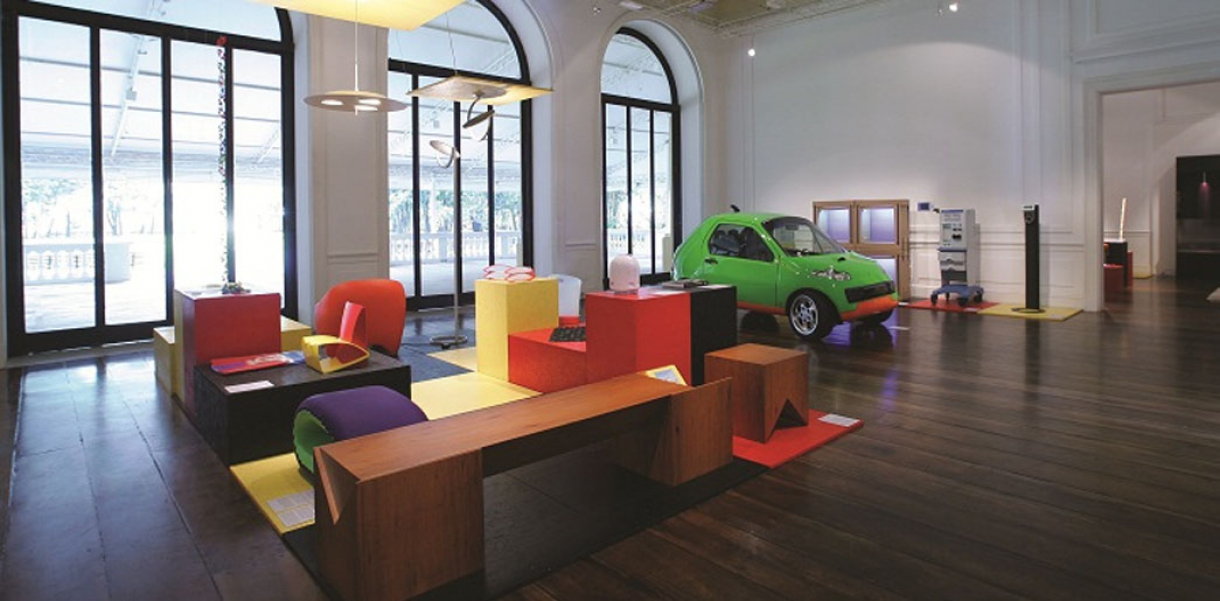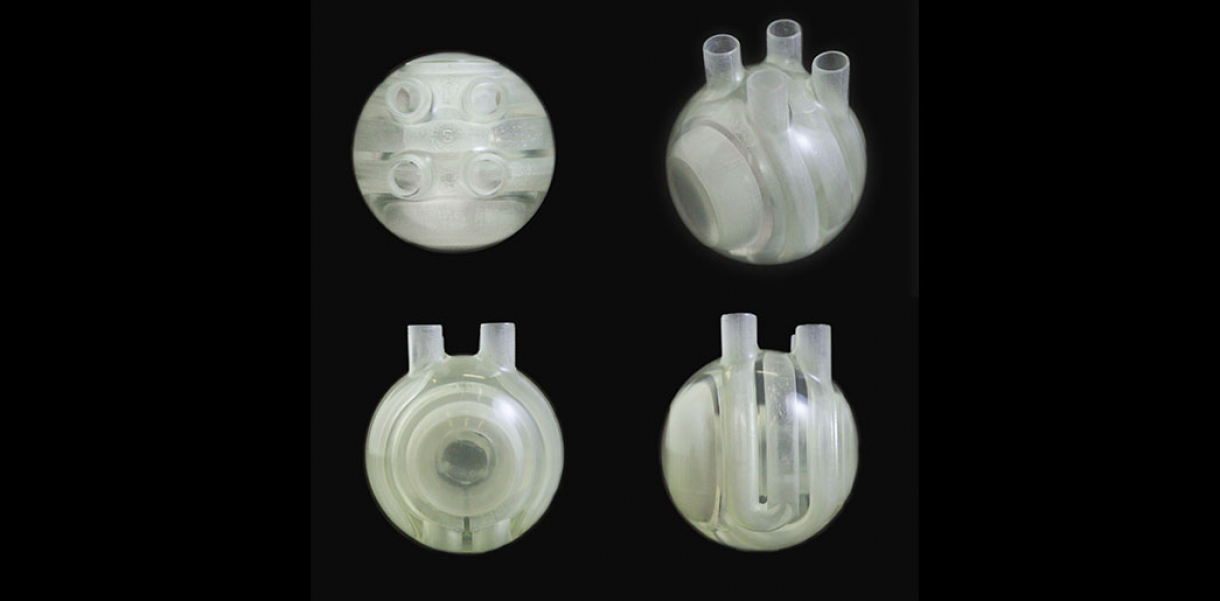The 'Museu Casa Brasileira' was created in 1970 by the São Paulo State government to gather for display collections of utilitarian objects, especially those related to the household universe and foster initiatives related to the furthering of Brazilian design. Without interfering with these basic guidelines, in May 2003 a continuing program has been implemented which focuses on two main endeavors:
1.To carry out temporary exhibitions portraying the Country's immense cultural diversity paving the way for erudite design as well as for the anonymous and popular design. The supporting concept is that design in developing countries such as Brazil, with a lesser technological prevalence and a limited industrial development, should not attempt to 'imitate' that of developed countries. Brazil should instead rely upon the extraordinary resourcefulness of its people to find its own ways. Temporary exhibitions thereby seek to bring to light and enhance popular expression of the various regions of this impressively large Country. For example, the exhibition 'Meninas Geraes' presented fabrics that have been made for generations by the poorer women of the Minas Gerais State and that have undergone a recent revival thanks to the contribution of designers.
Whereas the exhibition 'Popular Design of Bahia' featured the clever solutions of street hawkers with regard to the displays they use to sell everything - from coffee to clothes - in the city streets. These clever solutions can be reproduced by industrial means, craftsmanship or semi-industrial means. Upon exhibiting these and other approaches the Museum intends to be a mirror in which the Brazilian people may recognize themselves and be recognized by others. In October of 2005, the exhibitions will take on a Latin-American scale. To inaugurate this continental agenda, the Argentine designer Alejandro Sarmiento was invited as the creator of an extremely simple mechanism for cutting discarded PET plastic bottles thereby enabling people to make an infinite number of useful items.
2. Since 2003, the other endeavor of the 'Museu da Casa Brasileira' has been to establish an Educational Center where an ongoing work with the public is carried out pursuing the dissemination of design concepts and of material culture in agreement with the natural environment. The objective here is to stimulate a creative potential to permit people to perceive the problems surrounding them as well as the solutions that design may provide.
This program is directed towards the fringe population of the city of São Paulo, mainly those in the 8 to 18 years of age bracket, although it also encompasses adults belonging to non-governmental organizations. At least two buses per day, each with 40 seats, bring these people to the Museum at no charge. The subject matter covered depends upon the exhibitions going on at the Museum. A collection of contemporary Indians footstools, which the visitors may not only look at but touch and use, aims to work with the notions of form and function. In the case of the Indians footstools, there is an endless number of forms for a single function - to sit - however an enormous diversity of symbolic "functions".
To summarize all these activities, the Museum strives to highlight and enhance cultural diversity as the best approach to encourage and propagate creative thinking.
Functionality and use of design
Through showing local lifestyles, home equipment and art, the museum has become a central tool for fostering local self-esteem in a society torn by poorness and which look to Europe to find their identity, which is far more complex.
They offer educational activities and are very active on social projects to bring local culture to poor sectors of society
How did this design improve life?
This museum is a platform for showing Brazilian lifestyle from the point of view of home equipment. It draws attention of on local production, key issue in a society which normally looks to USA or Europe to find their cultural references.
Drawbacks of life improvement
None.
Research and need
Brazilian lifestyles have been researched form many points of view: architecture, design, anthropology, sociology, etc. to find the roots of local design expressions, which are extremely diverse in this country-continent, reaching from Europe and USA to Africa, India, Japan and Korea.
They are working on finding out how these different inputs have conformed present aesthetics in Brazil.
Designed by
Adelia Borges, Diana Malzoni and Delia, Beru Ruy Rubio, Isabel Abreu, Márcia Galliani, Telma Carvalho, Ana Cecilia, Janete Costa, Haron Cohen, Marcelo Ferraz, Ronaldo Barbosa & Isabel Gouvea etc. (Brazil), 1999






